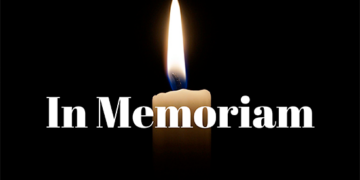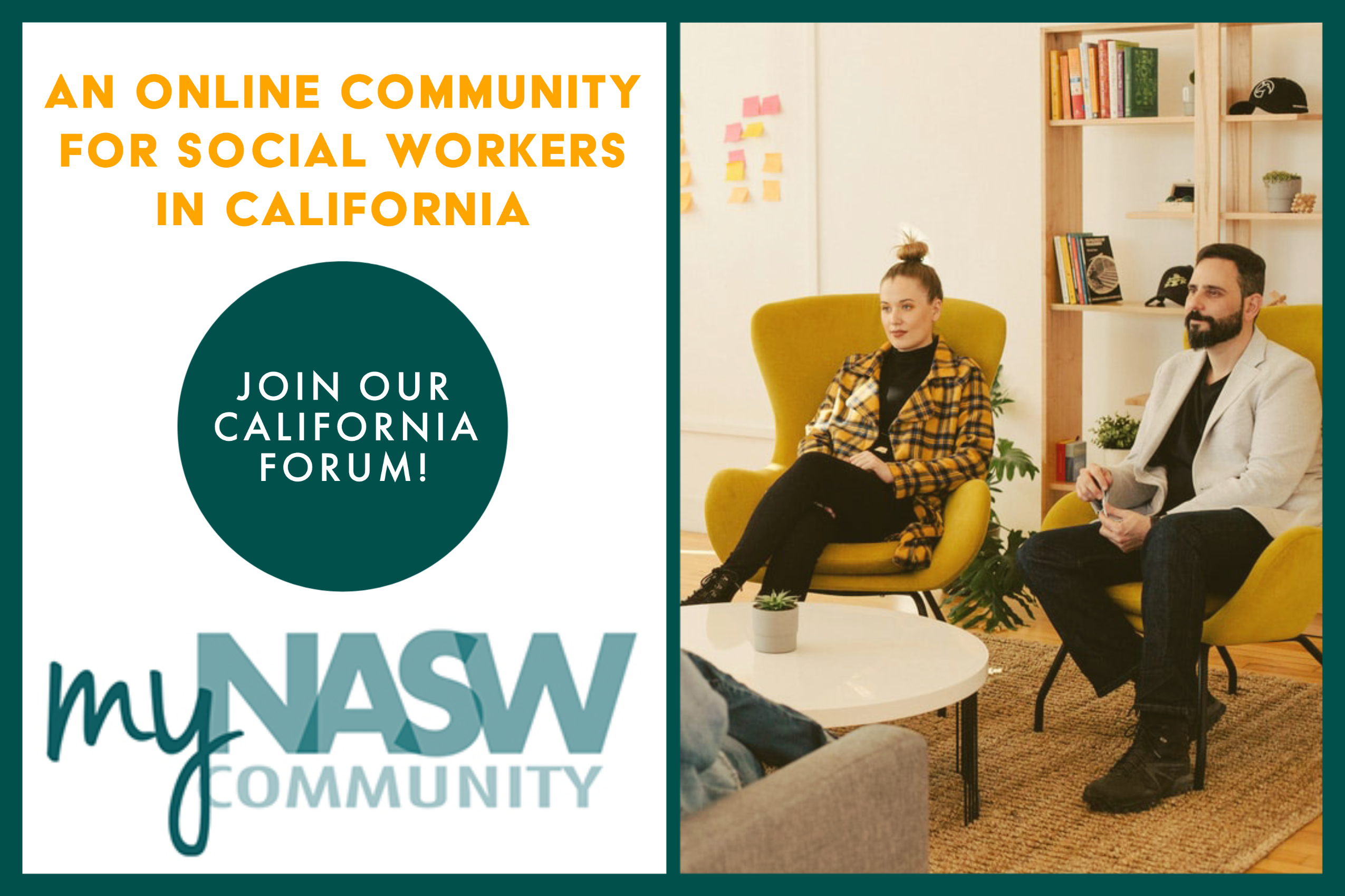By Cal State Long Beach, MSW Graduate Students: Brian Janairo, Sarai Rubio, Juan Luis Villa, and Valerie Wilson
Laura’s Law was passed in California in 2002, where counties have the right to choose to implement the statute.
As of 2017, 13 counties have approved implementation of Laura’s Law. The objective of Laura’s Law is to provide individuals with Severe Mental Illness (SMI), court-ordered, rigorous community-based treatment to those who have a history of hospitalizations, incarcerations, or law enforcement contact (Castro, 2015; Player, 2015).
Laura’s Law mandates mental health services to adults with SMI, that often fall through the cracks, due to non-participation in ongoing treatment and who are at risk of becoming part of an involuntary system of care of recurring hospitalizations (Castro, 2015; Stettin, 2014). According to the 2001 RAND report, the efficacy of involuntary outpatient treatment was found to have reductions in psychiatric hospitalizations, incarcerations and homelessness in court-ordered participants as compared to the same individuals before their involuntary outpatient treatment (Ridgely, et al., 2001). Laura’s Law intends to increase social justice by improving quality of life to individuals with SMI through access to mental health treatment, that in turn enhances public safety by decreasing potential risk of violent acts by those with unrestricted or no treatment (Player, 2015).
Laura’s Law, however, is controversial because the policy is coercive in nature, as it mandates mental health treatment, neglecting an individual’s autonomy (Player, 2015). Additionally, forced medication is not part of Laura’s Law; yet forced medication can be implemented in treatment through court order (Jarrett, et al., 2008). Laura’s Law developed as a response to a murder committed by an individual with untreated SMI. The implementation of Laura’s Law validates the stigma that people with SMI are violent and incapable of taking care of themselves (Reynoso, 2015). Stigma perpetuates treatment non-adherence, as it dehumanizes an individual and may prevent them from seeking out mental health treatment (Martinez, 2014).
Laura’s Law is a powerful tool that creates vested interest for family, cohabitants, licensed mental health practitioners and peace officers who can petition for involuntary outpatient treatment of an individual with SMI, demonstrating a disparity of power that requires strict oversight to rule out abuse of the policy (Ragins, 2014). Laura’s Law is formidable law that requires social workers to be conscious of its implementation and to practice advocacy to assure social justice on a micro level, for the individual, and on a macro level for policy development.
References
Castro, J. (2015). Laura’s Law: Concerns, Effectiveness, and Implementation. Cal. Legal Hist., 10, 175.
Jarrett, M., Bowers, L., & Simpson, A. (2008). Coerced medication in psychiatric inpatient care: Literature review. Journal of Advanced Nursing, 64(6), 538–548.
Martinez, A. G. (2014). When “they” become “I”: Ascribing humanity to mental illness influences treatment-seeking for mental/behavioral health. Journal of Social and Clinical Psychology, 33(2), 187–206.
Player, C. T. (2015). Involuntary Outpatient Commitment: The Limits of Prevention. Stanford Law & Policy Review, 26(1), 159–238.
Ragins, M. (2014) Important Considerations for Implementing Assisted Outpatient Treatment: A Collaborative Advocacy Agenda. Exploring Recovery: The Collected Village Writings of Mark Ragins. Retrieved March 23, 2017 from http://static1.1.sqspcdn.com/static/f/1084149/25167959/1408663597870/111ImportantConsiderationsforImplementingAssistedOutpatientTreatment.pdf?token=0gACMNuPlS%2FmAjosBZbds9qSsWA%3D.
Reynoso, A. (2015). Is California Committed?: Why California Should Take Action to Address the Shortcomings of its Assisted Outpatient Commitment Statute. S. Cal. L. Rev., 88, 1021–1493.
Ridgely, S. M., Borum, R., & Petrila, J. (2001). RAND: The effectiveness of involuntary outpatient treatment: Empirical evidence and the experience of eight states. Retrieved March 23, 2017 from http://www.rand.org/content/dam/rand/pubs/monograph_reports/2007/MR1340.pdf.
Stettin, B. (2014). An advocate’s observations on research concerning assisted outpatient treatment. Current Psychiatry Reports, 16(3), 435.












